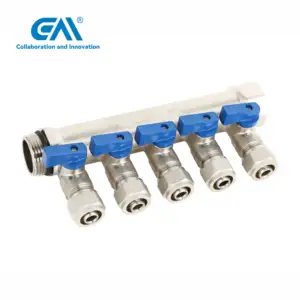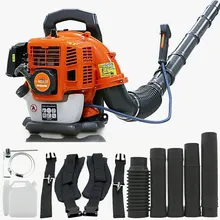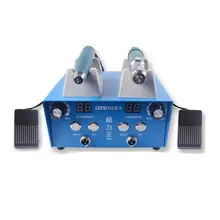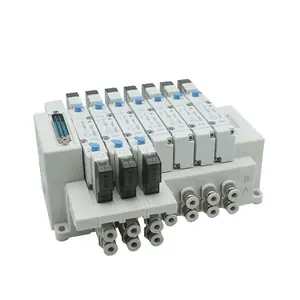Introduction to 5 Valve Manifolds
A 5 valve manifold is a crucial component in managing the flow and pressure within piping systems. This device integrates five manual or automated valves into a single body, which is designed for specific industrial, residential, or commercial applications. The manifold's primary function is to connect to the differential pressure transmitter and facilitate the direct or remote mounting of instruments, ensuring precise control over fluid dynamics.
Types and Configurations
The versatility of a 5 valve manifold is evident in its various types and configurations, each tailored to meet different operational requirements. Users can select from manifolds designed for differential, static, or instrument isolation, with configurations that include T-type, H-type, or R-type. This allows for a streamlined setup that can be adapted to the unique needs of a system, whether it's for simple isolation or complex pressure management.
Applications and Features
5 valve manifolds are employed across diverse sectors, from regulating water in agricultural irrigation to managing processes in the pharmaceutical industry. Their robust design enables them to handle a wide range of fluids, including aggressive chemicals, gases, and steam. Features such as ease of maintenance, leak integrity, and the ability to withstand high pressures and temperatures make these manifolds indispensable in ensuring operational efficiency and safety.
Materials and Advantages
Constructed from materials like stainless steel, carbon steel, and brass, 5 valve manifolds offer durability and corrosion resistance, ensuring longevity even in harsh environments. The advantage of using a manifold lies in its ability to provide a compact, reliable solution for fluid control, reducing the need for multiple valves and simplifying the system's architecture.
Selection Considerations
When selecting a 5 valve manifold, factors such as the type of fluid, pressure ratings, and temperature ranges must be considered. It is essential to choose a manifold that matches the specifications of the system it will be integrated into, to ensure compatibility and performance. Additionally, the choice of end connections, such as threaded, flanged, or wafer, plays a significant role in the installation process.
Conclusion
In conclusion, a 5 valve manifold is a sophisticated device designed to offer control and safety in fluid management systems. Its various types, materials, and features provide a tailored solution for a wide array of applications. While selecting the appropriate manifold, it is crucial to consider the specific requirements of the system to ensure optimal functionality.










































 浙公网安备 33010002000092号
浙公网安备 33010002000092号 浙B2-20120091-4
浙B2-20120091-4